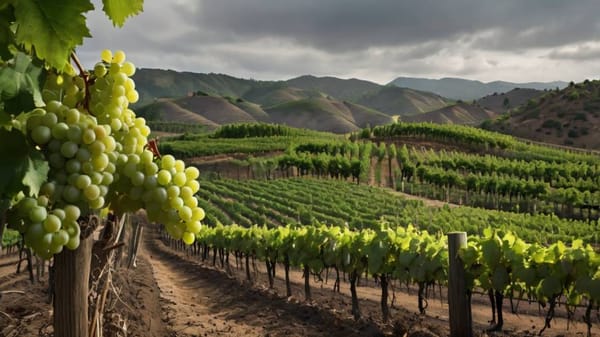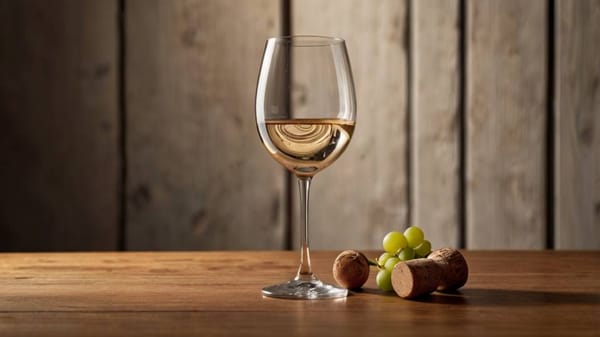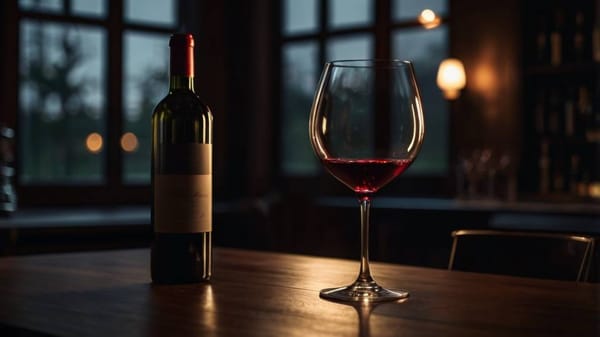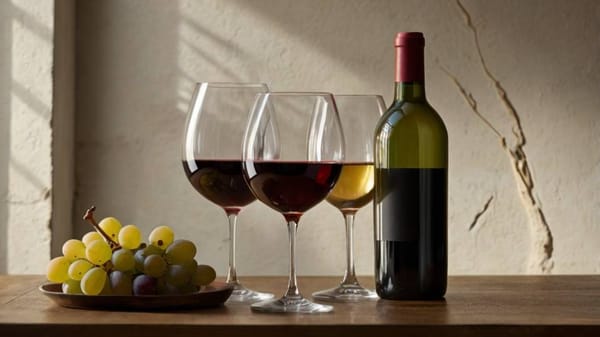Exploring Rosé from Provence vs Rosé from Elsewhere
Learn how to spot the difference between Provence rosé and styles from around the world. Taste smarter, shop better, and drink with confidence.
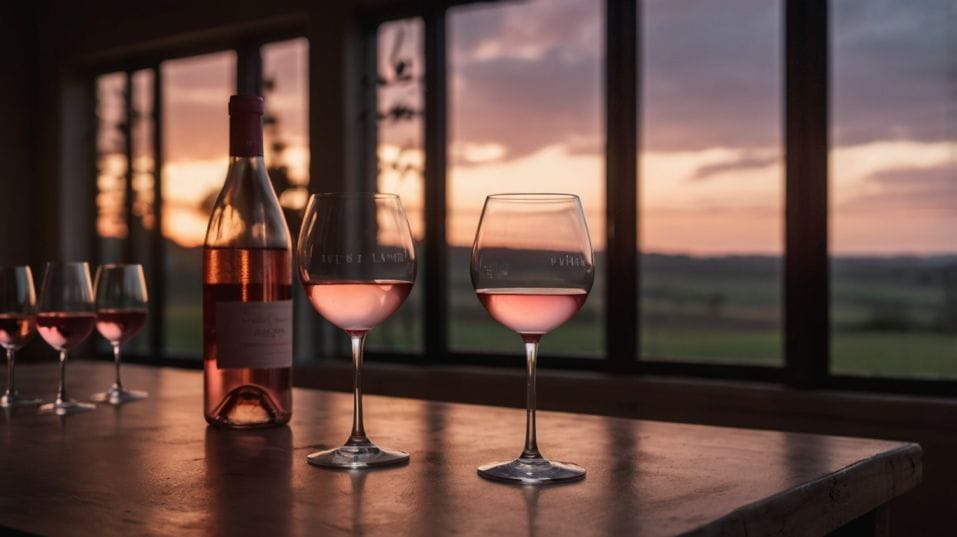
Ever wonder why some rosés feel like a breeze and others hit with unexpected depth? It’s not just the grapes—it’s where they’re grown and how they’re made. Provence sets the standard, but it’s far from the only story.
If you’re starting to care about what’s in your glass, knowing the difference between Provençal rosé and everything else is a game-changer. It sharpens your palate and helps you drink—and choose—with real intention.
The Provençal Blueprint: A Study in Restraint
Provence isn’t just where rosé is made—it’s where rosé became what most people imagine when they hear the word.
Think pale salmon color, light body, crisp acidity, and subtle flavors that suggest red berries, citrus, herbs, and a quiet mineral thread. The style isn’t accidental.
It’s the result of centuries of refinement, a warm but not scorching Mediterranean climate, and a focused winemaking approach that treats rosé as the main event—not a seasonal afterthought.
The region’s key grapes—Grenache, Cinsault, Syrah, Mourvèdre, and occasionally Rolle (also known as Vermentino)—bring different roles to the glass.
Grenache offers body and soft red fruit; Cinsault lends lift and perfume; Mourvèdre brings structure and a savory edge. These grapes are grown for balance, not excess.
They’re picked early enough to preserve acidity, often grown on limestone or schist soils that contribute to freshness, and vinified with minimal skin contact to retain a delicate color and light structure.
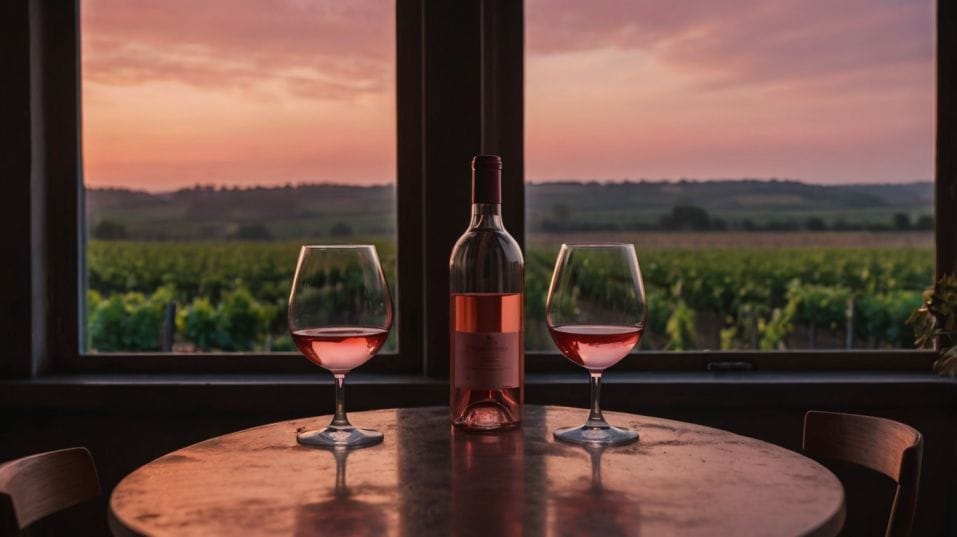
Most Provence rosés are made using direct pressing or brief maceration. These methods keep extraction low, emphasizing freshness and finesse. In practical terms, that means the wines tend to taste bone-dry, clean, and food-friendly.
They rarely chase bold flavor—they prioritize tension, texture, and clarity. It’s why they excel with Mediterranean flavors: grilled fish, olive oil, herbs, tomatoes, and salty cheeses. They don’t dominate. They fit in.
And while there are quality tiers within Provence itself (the top names come from AOCs like Bandol or Palette), the broader takeaway is this: Provençal rosé represents a discipline.
It’s a winemaking philosophy built on restraint, balance, and purpose.
Rosé from Elsewhere: Bolder Moves, Broader Possibilities
Move beyond Provence, and the rosé world opens up into a much wider spectrum of style and flavor. Other regions aren’t bound by Provençal expectations—and that freedom leads to creativity, variety, and sometimes unpredictability.
But not all non-Provençal rosé is loud or fruit-forward. The best examples reflect thoughtful decisions about climate, grape variety, and intent.
California and the New World
California rosé, for instance, varies widely. Some winemakers craft light, Provencal-inspired versions from Pinot Noir or Grenache in coastal areas like Sonoma or Santa Barbara.
Others embrace deeper, juicier expressions using Zinfandel, Syrah, or even Cabernet Sauvignon.
These styles often lean toward riper fruit, fuller body, and higher alcohol—especially when made via the saignée method (where rosé is made by “bleeding off” juice from red wine fermentation).
While this technique can add concentration, it can also result in wines that feel slightly unbalanced if not handled with care.
Spain, South Africa, and Beyond
In Spain, rosado wines made from Garnacha, Tempranillo, or Bobal often carry more grip and structure.
These can be serious, age-worthy wines, with darker hues and flavors that flirt with red cherry, spice, and even smoke. Navarra and Rioja offer excellent examples—some fresh and bright, others deeper and savory.
Elsewhere, you’ll find beautifully expressive rosés from places like South Africa (often dry and herbal, with edge), Italy (look for Cerasuolo d’Abruzzo or Chiaretto), and Austria (crisp, peppery wines from Zweigelt or Blaufränkisch).
These wines remind you that rosé isn’t one thing—it’s a full category of wine with its own complexities and personalities.
How to Read Style Through the Glass
If you’re serious about learning rosé—and tasting with more confidence—train yourself to notice not just the flavor, but the form.
Is the wine lean or rounded? Does the acidity hit first, or does the fruit dominate? What’s the finish like—clean and brisk, or textured and lingering?
Start with Color, Alcohol, and Texture
Start with color. Pale rosé doesn’t automatically mean quality, but it often signals a lighter-bodied, acidity-driven style. Darker pinks or ruby-toned rosés tend to come from riper grapes, longer skin contact, or fuller-bodied varieties.
Pay attention to alcohol. Many Provençal rosés clock in around 12–12.5%. Richer, saignée-style or warmer-climate wines may climb to 13.5% or higher.
That small percentage shift affects how the wine feels—its weight, its heat, and its compatibility with different foods.
Now look at texture. A crisp rosé will feel sleek and linear. A more fruit-forward rosé might feel broader or rounder on the palate.
Tannins are rare but not unheard of—especially in rosés made from structured grapes like Syrah, Nebbiolo, or Cabernet Franc.
Notice the Aromatics
And don’t forget aroma. High-quality rosé offers more than just “strawberry.” Look for notes of citrus peel, peach skin, wild herbs, watermelon rind, or crushed stone. These details reflect site, grape, and winemaking—not additives or shortcuts.
Making Smarter Choices, Bottle by Bottle
If you’ve ever been overwhelmed in a wine shop’s rosé aisle, you’re not alone. Labels often hide more than they reveal.
Here’s what helps: go in knowing what kind of experience you want. Are you looking for something refreshing and clean? Something with more depth and food-pairing power? Something experimental and off the beaten path?
Provence is a safe, high-quality baseline—especially if the label lists a specific AOC like Côtes de Provence, Sainte-Victoire, or Bandol.
But don’t be afraid to explore beyond that safety net. Just stay tuned into the clues: region, grape, alcohol level, and color.
And most importantly: don’t chase sweetness unless you really want it. Many entry-level rosés, especially from large producers or warm regions, are semi-sweet or off-dry, even when the label doesn’t say so.
If it tastes like pink lemonade or strawberry syrup, move on. Great rosé should refresh—not coat your palate.
Final Thoughts
Rosé is more than a color. It’s a style, a craft, and a reflection of place. Provençal rosé gives you a masterclass in elegance, precision, and balance.
Rosé from elsewhere brings diversity, personality, and the occasional bold surprise. Both deserve your attention—especially if you want to drink with more skill and satisfaction.
So here’s your move: grab one bottle from Provence, and one from somewhere that intrigues you—California, Spain, Austria, wherever.
Chill them to the right temperature (cool, not cold). Taste them side by side. Pay attention. Notice what you enjoy, and what you want to explore next.
That’s how real wine knowledge is built—not from rules or ratings, but from direct experience, thoughtful comparison, and curiosity.
Add this to your tasting ritual. You’ll not only drink better rosé—you’ll become a sharper, more confident wine drinker in the process.

